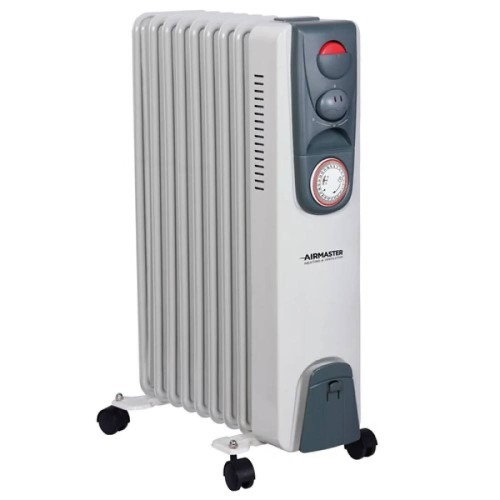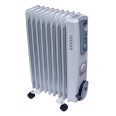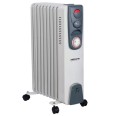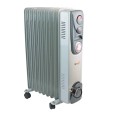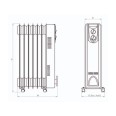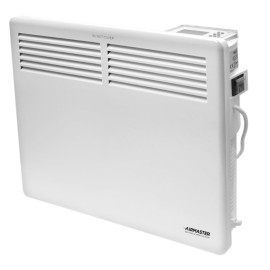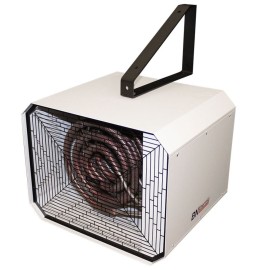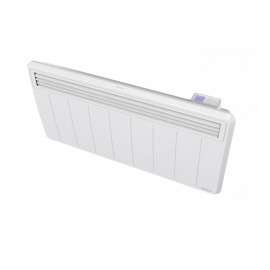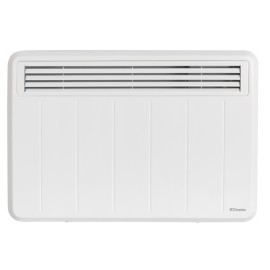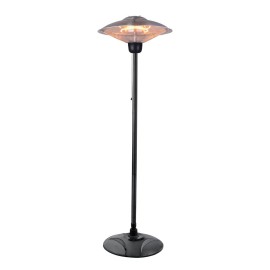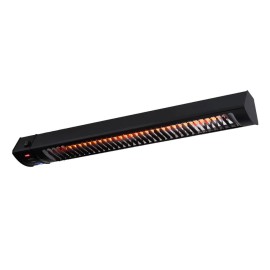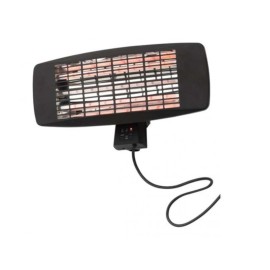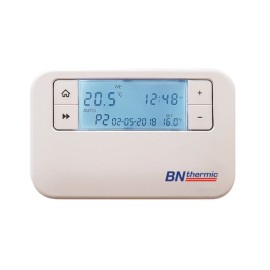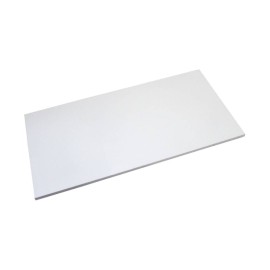
How Portable Heaters can be an Ideal Weapon in the Preventing Hypothermia
There's an argument to be made concerning what is the ideal weapon in fighting and even preventing hypothermia, and we think that portable heaters can be an ideal weapon. In scientific terms, hypothermia is when our core body temperature reaches 35 degrees Celsius. This is opposed to a standard body temperature which should be 37 degrees Celsius. You don’t get frostbite as soon as hypothermia hits. In fact, with mild forms of the ailment, it can be very difficult to detect initially. Only a single degree drop in temperature can result in a slew of symptoms that may go unnoticed. These include slowed reaction time, impaired judgement, slurred speech and impaired rational decision-making. It is only when your core body temperature reaches 30 degrees that you will lose consciousness - and that is a rare occurrence. In this article, Sparks will delve more into the issue of hypothermia and explain how portable heaters may be the ideal solution to this widespread problem. Mild hypothermia and who it affects the most Mild hypothermia and who it affects the most - here are some of the symptoms of hypothermia. Picture credit: here.An indoor air temperature of 20 degrees can chill a body to 33 degrees in only eight minutes. This is well below what the average body temperature of a healthy adult should be. The people most at risk are the elderly and others with naturally low metabolic rates. Low metabolic rates cause people to generate less heat and most afflict those 60 years old and over. Elderly people with inadequate diets or heating are the most at risk from hypothermia. Infants are also susceptible to this condition - so be on the lookout for symptoms. With an infant, these symptoms include cold-to-touch bodies, bright red skin and unusually low energy rates. Extreme cases of hypothermia can result in death. It is not just the elderly and infants who may be affected by hypothermia: it could affect anyone in your household. This is why it is important to keep on the look-out for these symptoms and to find an effective solution. Portable heaters: an ideal weapon in preventing hypothermia Portable or ‘space’ heaters have had a renaissance recently, with a range of modern, eco-efficient models being released on the market. They offer an ideal solution to hypothermia, as you can warm up specific rooms an optimal temperature without wasting a huge amount of energy. There are three main types to take a look at. Convector heaters Convector heaters are perfect for heating large spaces such as living rooms and conservatories, but are suitable for a variety of room types. They offer rapid warm up and virtually silent operation. Convection works by air being pushed over a heating element, which then rises and enters the room. Cold air is pulled in to the bottom of the heater and the process repeats itself. Eventually, all of the air within the room will be heated. Convector heaters also operate at a much lower volume than fan heaters. This model is designed to complement any surrounding, has a thermostatic control and is ideal for domestic or commercial use. Fan heaters Fan heaters, meanwhile, are lightweight which means they can be quickly moved to wherever they are most required. This adaptability is a key appeal of fan heaters for users looking for convenience in use, as they can be used for ‘zonal’ heating. They offer remarkably fast heat output and can be placed unobtrusively throughout the home, with the ability to heat large areas. Dimplex offers a mix of upright and ‘letterbox’ style fan heaters, as well as ‘towers’. You should pick which fan heater will suit your lifestyle the most. Dimplex’s modern range includes great features such as clear displays and controls and complete flexibility for your needs. For instance, there is the incredibly efficient Dimplex XLE070 which uses smart heat retention to save energy. The built-in timer also grants users greater control over their heating, which allows them to adapt their heating temperature and timings to suit their needs. Radiators Radiators have a near silent operation, so are great for use within bedrooms - but can be used anywhere across your home (apart from the bathroom). Some models even feature a fully programmable 24-hour timer, so you can set precisely when you want the heater to be in operation. This saves you from wasting energy at times of the day when it is not necessary for the radiator to be turned on. Dimplex has a fantastic range of radiators, that offer cutting-edge features to help keep you warm - and stay environmentally friendly. Don’t ignore the problem - get a portable heater to stay warm and healthy Hypothermia is a problem that is often overlooked but can no longer be ignored. This past year there were more than 34,000 excess winter deaths, with hypothermia being a major contributor to this terrible statistic. Portable heating solutions are now much cheaper, more eco-efficient and - above all else - will give you peace of mind. They are well worth investing in, to reduce the risk of hypothermia to your family and other loved ones, thus being a great help in preventing hypothermia.




